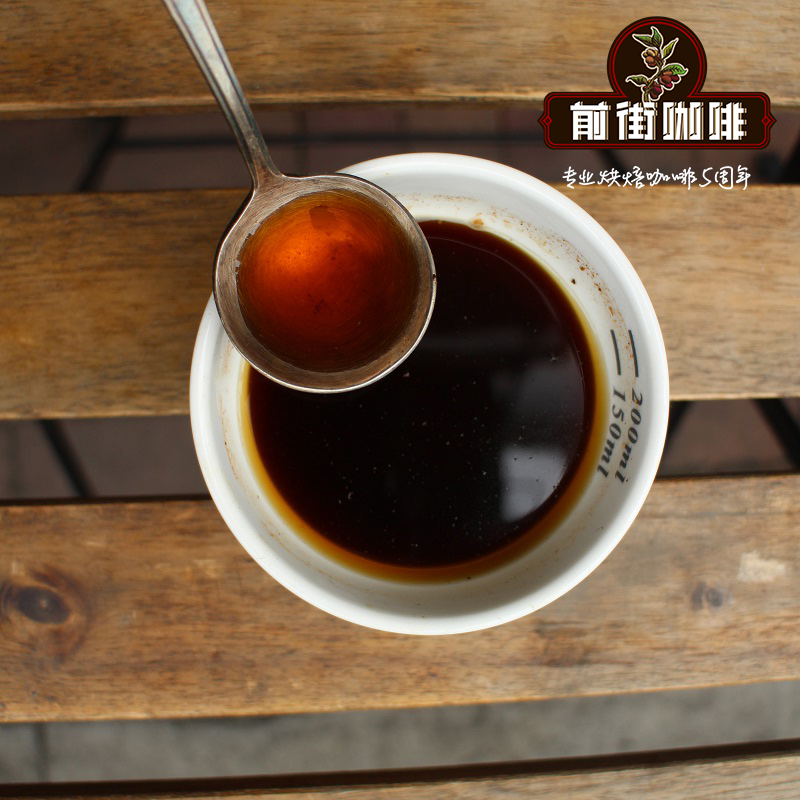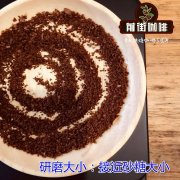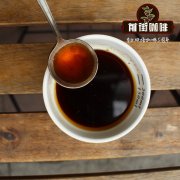What do defective beans refer to? why should defective beans be found before roasting Coffee? effect of defective beans on coffee

Professional coffee knowledge exchange more coffee bean information please follow the coffee workshop (Wechat official account cafe_style)
Manual sorting is efficient, and the trick lies in the regularization of the sorting process.
Hand-picking out defective beans from a large number of coffee beans is a very time-consuming and labor-consuming task. But as long as you get the hang of it, you can do it efficiently.
When picking out defects in raw beans, it is recommended to spread the beans on a dull black tray. For example, the color of fermented beans or unripe beans will be slightly yellow, and it is easier to identify them with dark trays. As for the manual sorting of baked beans, in order to easily see the difference in baking color, the cooked beans are also spread out on a tray covered with brown cotton cloth to make the sorting work easier.
After spreading out the coffee beans, you can start picking out defective beans, but a disorganized operation will only waste more time. The trick to make manual sorting more efficient is to first determine the priority of the job and think about what kind of defective beans to start with. First of all, the order of inspection is "color > gloss > shape". After getting rid of the foreign bodies and black beans that are obviously different from raw beans, there are dead beans, fermented beans and unripe beans without "luster", and finally defective beans such as shell beans and worm-eaten beans with strange shapes.
With regard to the proportion of defective beans sorted by hand, about 15% of the raw beans treated by water washing and 40% of the sun-dried beans. Of course, it is ideal to buy raw beans with few defects in the first place; however, defects are inevitable, so it is necessary to estimate in advance the amount that will be reduced after deducting defective beans in order to calculate the necessary purchases. It is a pity that the coffee that takes time and energy to brew will be destroyed because of a defective bean; in order to avoid regret, it is safer to pick it out decisively if it is difficult to judge whether it is normal or defective.
Common impurities in coffee beans:
1. Stone
Coffee beans dried naturally in the sun are likely to be mixed with pebbles, gravel, wood chips and other foreign bodies. Occasionally a piece of glass or coins will be found.
2. Cereals
Like stones, coffee beans that are naturally dried in the sun may be mixed with cereals or seeds such as corn, and pepper grains have been seen.
Common defective bean patterns:
1. Shell beans, broken beans
Beans that become shell-shaped because of developmental problems are called "shell beans"; beans that are damaged during treatment or transportation are called "broken beans", both of which can cause uneven baking.
2. Fermented beans
When treated by water washing method, polluting fermented beans are produced in the fermentation tank. Delayed processing or improper preservation can also occur after harvest, and beans will smell funny when baked.
3. Moth-eaten beans
Because pests such as coffee bark beetles lay eggs on coffee trees, and the hatched larvae eat coffee fruits to form cavities, which is the reason for the turbid or strange taste of coffee.
4. Moldy beans
Beans that are moldy due to incomplete drying, transportation or improper preservation will remain moldy even after baking.
5. Unripe beans
Beans harvested before the coffee fruit is ripe. Coffee mixed with unripe beans will have a strong fishy smell, giving off a disgusting, smelly smell.
6. Black beans
Beans that fall black before harvest, or beans that are completely fermented and damaged. It is the source of the foul smell and rotten smell of coffee.
7. Dead beans
Beans that fail to bear fruit normally will lead to weak flavor and strange taste of coffee. The color after baking is also not good, so it is easier to distinguish after baking.
8. Smelly beans
The beans are dried when the flesh is attached, or the flesh is not completely removed. Stinky beans give off the smell of iodine or soil.
9. Sheepskin membrane beans
Due to incomplete shelling and other reasons, the beans with residual endocarp are the reasons for the astringent or miscellaneous taste of coffee.
Raw beans can be identified by black trays that do not reflect light.
If the color of the tray is different, the visual effect of judging the color of raw beans by the naked eye will also change. Compared with the white tray, the black tray can be seen more clearly. But black trays that reflect light are not appropriate.
What is the effect of defective beans on coffee?
Dry incense: Tamiya model water-based solvent, tomato, choke flavor, medicinal alcohol, it seems to have a faint smell of corpse?!
Shixiang: I can't tell you the strange smell. It's a little sour, but it's weird.
Palate: salty and bitter
Defective beans not only make coffee taste bad, but also hurt the body, and may also cause damage to bean grinders and equipment.
But you should know the difference between defective beans and beans of uneven size. Take Ethiopian coffee as an example, because of the variety, it seems to be of different sizes and even uneven roasting, which are normal and cannot be called defective beans!
Important Notice :
前街咖啡 FrontStreet Coffee has moved to new addredd:
FrontStreet Coffee Address: 315,Donghua East Road,GuangZhou
Tel:020 38364473
- Prev

The reason why ice drop coffee is not sour _ what is the price of ice drop coffee? how much is the price of ice drop coffee beans?
Professional coffee knowledge exchange more coffee bean information Please pay attention to the coffee workshop (Wechat official account cafe_style) the advantage of ice drop coffee is not sour, not harmful to the stomach, because using this method to make coffee, the choice of coffee beans are mostly deep-roasted coffee beans such as Mantenin, due to shallow roasting and sour, deep-roasted bitter but strong, so ice drop coffee is not sour. And choose another deep-roasted coffee bean.
- Next

What effect does defective beans have on coffee? Coffee Bean Defect Definition Coffee Main Defect Bean
Professional coffee knowledge exchange More coffee bean information Please pay attention to coffee workshop (Weixin Official Accounts cafe_style) often see roasters roasting coffee, baristas will pick out some defective beans before brewing coffee, so what exactly is defective beans? What effect will defective beans have on coffee? First, let's find out what's wrong with defective beans. Common in coffee beans
Related
- Beginners will see the "Coffee pull flower" guide!
- What is the difference between ice blog purified milk and ordinary milk coffee?
- Why is the Philippines the largest producer of crops in Liberia?
- For coffee extraction, should the fine powder be retained?
- How does extracted espresso fill pressed powder? How much strength does it take to press the powder?
- How to make jasmine cold extract coffee? Is the jasmine + latte good?
- Will this little toy really make the coffee taste better? How does Lily Drip affect coffee extraction?
- Will the action of slapping the filter cup also affect coffee extraction?
- What's the difference between powder-to-water ratio and powder-to-liquid ratio?
- What is the Ethiopian local species? What does it have to do with Heirloom native species?

